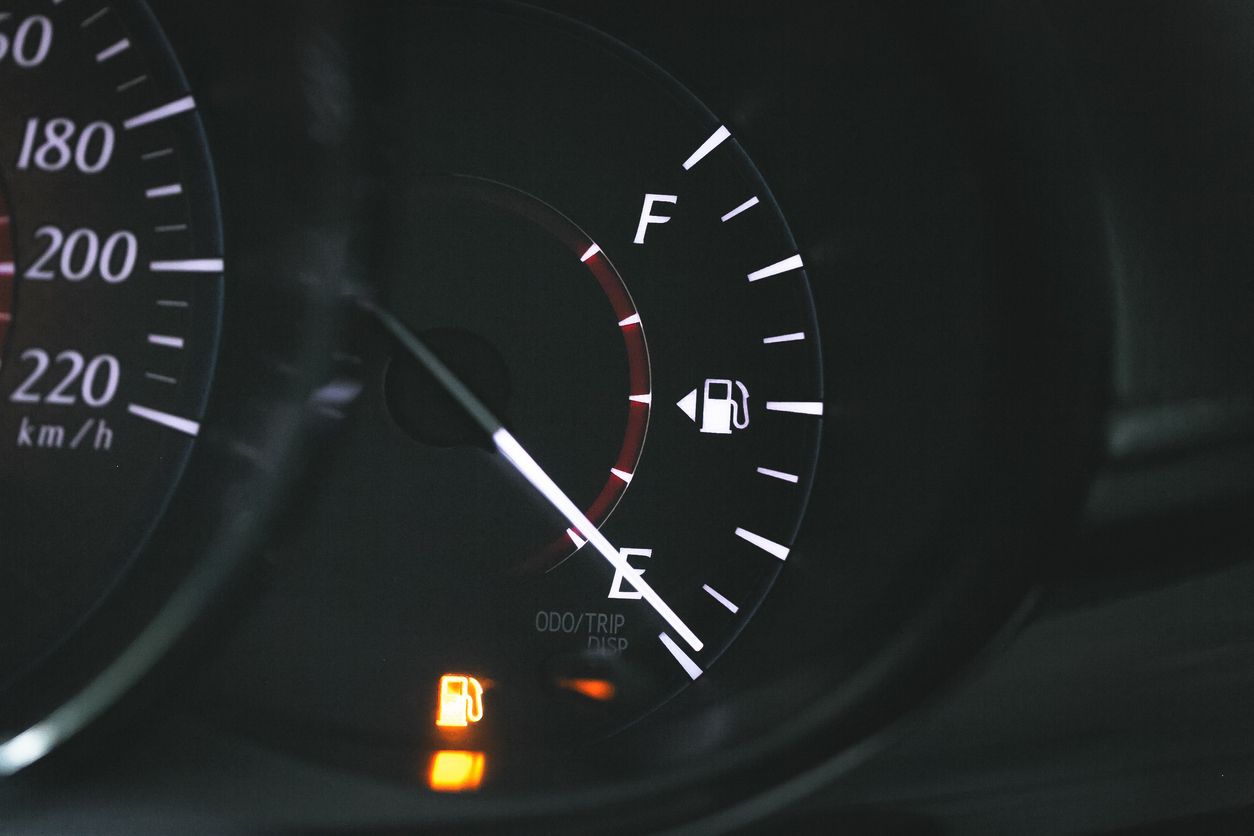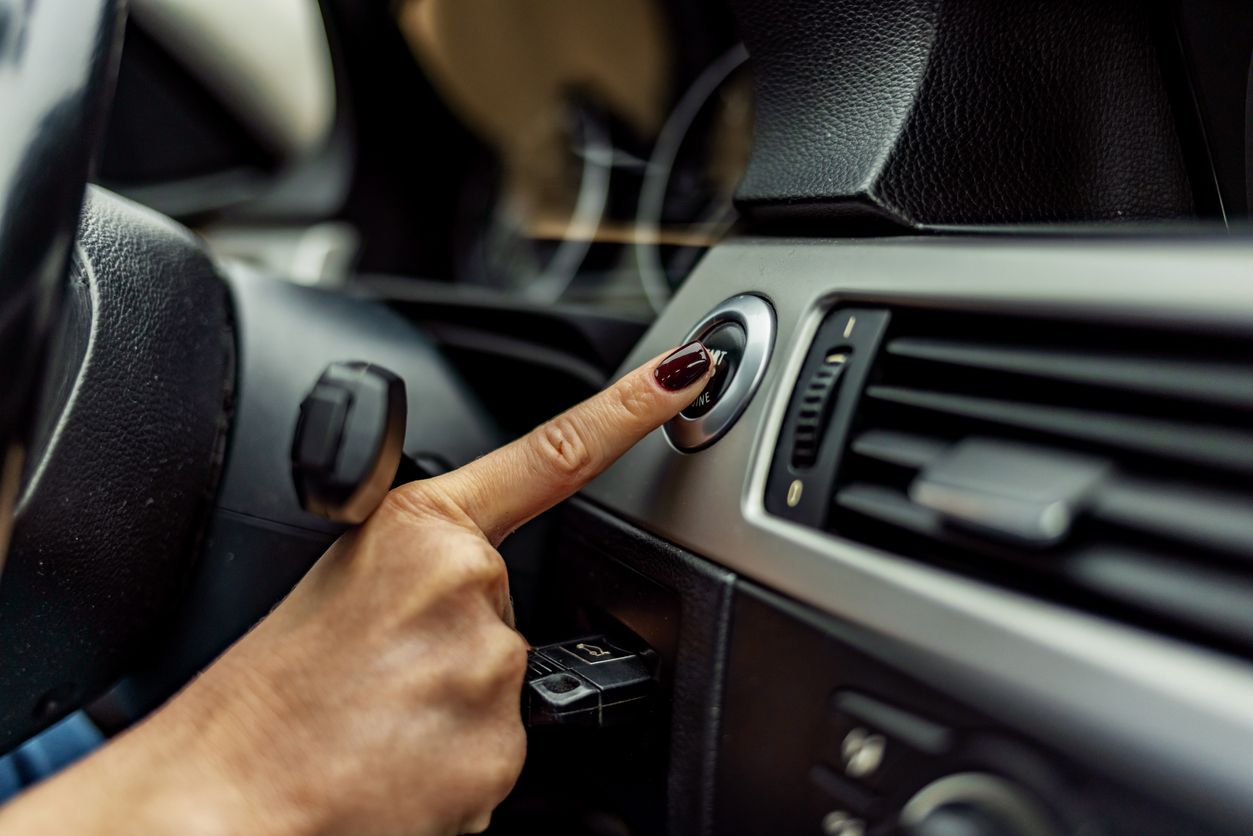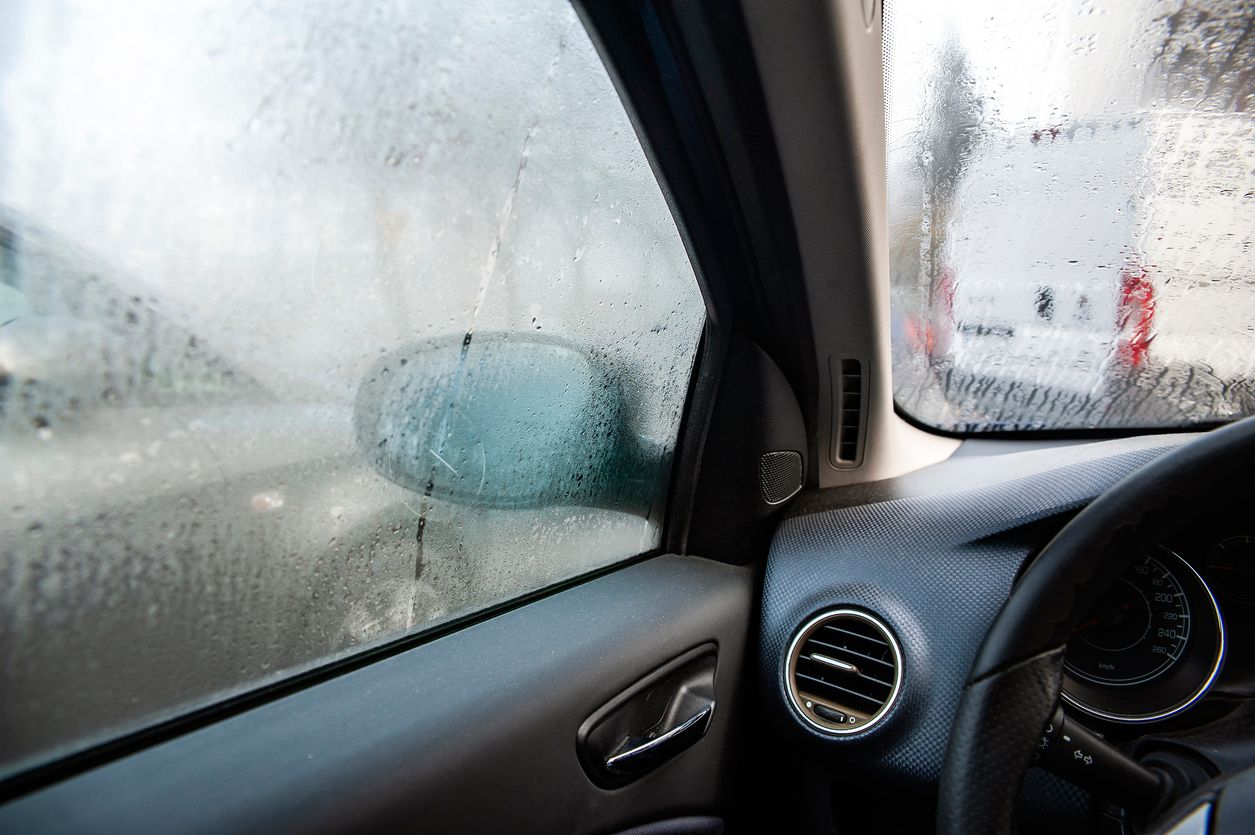You’ve been through a lot with your vehicle over the years. You’ve been down countless roads and traveled many miles. But now, your car has reached (or exceeded) the 100,000-mile mark. While your vehicle may now be considered “high mileage,” there’s still plenty you can do to extend the lifetime of your car and keep it in good condition.
Here’s what you can expect as your vehicle ages and a 100k mile maintenance checklist that can help keep your car running smoothly for miles to come.
What Happens as Cars Age?
Is 100k miles a lot for a car? Not if it’s been properly maintained. Today’s cars are designed to last longer and — with excellent care — can even have a lifespan in excess of 200,000 miles.
First: It’s important to note that age is nothing but a number when it comes to cars. Instead, focus on the mileage. Racking up the miles tends to wear down your vehicle — whether it’s three years old or 23 years old. Therefore, mileage is often a better indicator of “age” than your vehicle’s manufacture year.
Also, keep in mind that your car’s components wear out or age at different rates. There are parts that degrade rapidly with frequent use, like some gaskets, hoses, and filters. Other vehicle components, such as your car’s body and engine, can weather the additional mileage provided you stick to a regular, proper maintenance schedule.
Higher mileage vehicles are likely to require extensive (and expensive) repairs when 'minor' issues go unchecked. Common problems that high-mileage cars face include transmission failure, oil leaks, timing belt failures, water pump leaks, and rust. Therefore, it’s important to check in on your vehicle as its mileage climbs.
But, no matter your age or mileage, you should always be on the lookout for signs something’s gone awry under the hood. Look for leaks, listen for racketing sounds, and be aware of any other telltale signs that something isn’t quite right.
Firestone Complete Auto Care’s 100k Mile Maintenance Checklist
So, your car’s reached the 100k mile mark! Wondering how to best take care of your vehicle? Of course, follow the manufacturer’s suggested maintenance schedule. Additionally, here’s our 100k mile maintenance checklist to help keep everything in working order.
1. Prioritize Oil Changes
Keeping up with regular oil changes is one of the best things you can do for your vehicle. Motor oil is crucial to the health of your engine. It keeps your engine lubricated, cool, and working properly. But over time, it dirties, leading to sludge buildup. Driving with dirty engine oil can lessen both the life of your engine and your car. To keep your engine running smoothly, regular oil changes and top-offs are a must.
You may have also heard that switching to synthetic oil after 100k miles (or a high-mileage oil) is a good idea, and it can be. However, there’s no single best oil for cars over 100k miles. The right oil for your vehicle depends upon your make, model, year, driving habits, and the condition of your engine.
It’s best to check your owner’s manual to see what your manufacturer recommends. And, when in doubt, the experts at your local Firestone Complete Auto Care can help you choose which oil is best for your vehicle.
2. Be Mindful of Maintenance
Don’t let little things pile up. Instead, have your car inspected at each oil change and replace parts as they wear out. Be sure to keep an eye on and replace these components as needed:
- Filters
- Spark Plugs
- Belts
- Hoses
- Gaskets
- Shocks/Struts
Having your vehicle regularly inspected and making small repairs can help you resolve small issues before they turn into big — and costly — problems down the line. One of the best ways to prevent big issues from cropping up is sticking to a preventative maintenance schedule.
3. Take a Look at Your Tires
In addition to checking under the hood, you’ll also want to pay careful attention to your tires. Your tires are responsible for providing traction, stopping power, and keeping your car firmly grounded on the road. Not to mention, driving on worn tires can lead to a decrease in fuel economy and cause damage to other vehicle components.
Wondering if you need new tires? Tires usually don’t need replacing so long as they have at least 2/32 inches of tread depth and are in good overall condition. A simple way to check if your tires have adequate tread is by using the penny test. If you can’t see the top of Abe Lincoln’s head and don't see any structural damage, you’re likely good to go.
Once you’ve checked your treads, you’ll also want to maintain regular tire rotations and wheel alignments to ensure that your tires are wearing evenly.
4. Maintain Your Fluids
As your vehicle ages, you’ll need to be mindful that it's likely losing precious fluids along the way or they may be due for a change. Maintain your 100k vehicle by regularly checking in on these fluids:
- Engine oil
- Engine coolant
- Brake fluid
- Power steering fluid
- Transmission fluid
- Differential fluid(s)
- Windshield wiper fluid
If you notice that any single fluid is getting used up faster than usual, you’ll want an expert to check your hoses and tanks for damage.
In addition to making sure you have the proper amount of fluids, ensure that they do not appear contaminated by having them tested by an automotive technician. You'll also want to keep an eye out for contaminated fluids that smell off, appear too thick, are visibly dirty, or are the wrong color. If you notice an issue with one of your car’s fluids, bring your vehicle in for service.
5. Check Your Battery
Over time car batteries wear out and lose their ability to hold a charge. Most car batteries need replacing around every three years. However, climate conditions or problems with your electrical system — like a faulty alternator — may lead you to replace your battery more often.
Once your car is over 100k miles, you’ll need to keep an eye on your battery and electrical system at large to ensure that no issues are cropping up. Regularly clean and check your battery case for signs of corrosion, bloating, and leaks.
If you discover that your battery is leaking, promptly bring it in for maintenance. Battery acid can harm both you and your vehicle, so it’s best to let a pro handle the clean-up.
6. Wash and Wax
While it may seem a bit frivolous, regularly washing and waxing your vehicle does more than help your car look good. Frequent wash-ups can help prevent rusting and damage to your car’s body.
Take your car through the wash or give your car a DIY suds-up every so often to remove pollen, bugs, dirt, and other debris. Always remove road salts and caked-on mud ASAP to keep your paint job looking fresh and knick-free.
7. Stop and Check the Brakes
There are few things in your vehicle more important than your brakes. Like other vehicle components, how often you drive and how you drive will impact how often your brakes will need replacing. Brake pads are susceptible to wear and tear, and are often replaced somewhere between every 25,000 to 65,000 miles.
Driving with worn brake pads can cause damage to your rotors and calipers — all of which are expensive fixes. Therefore, regularly having your brake pads checked and replaced can help you maintain your vehicle. You can do this by dropping in for a free brake inspection at your nearest Firestone.
Firestone Complete Auto Care is here for all of your car care needs, including oil changes, wheel alignments, repairs, scheduled maintenance, and more. Visit your local Firestone Complete Auto Care or check out our app to find the plan that's right for you, and keep your ride going smoother for longer with Firestone Complete Auto Care.



